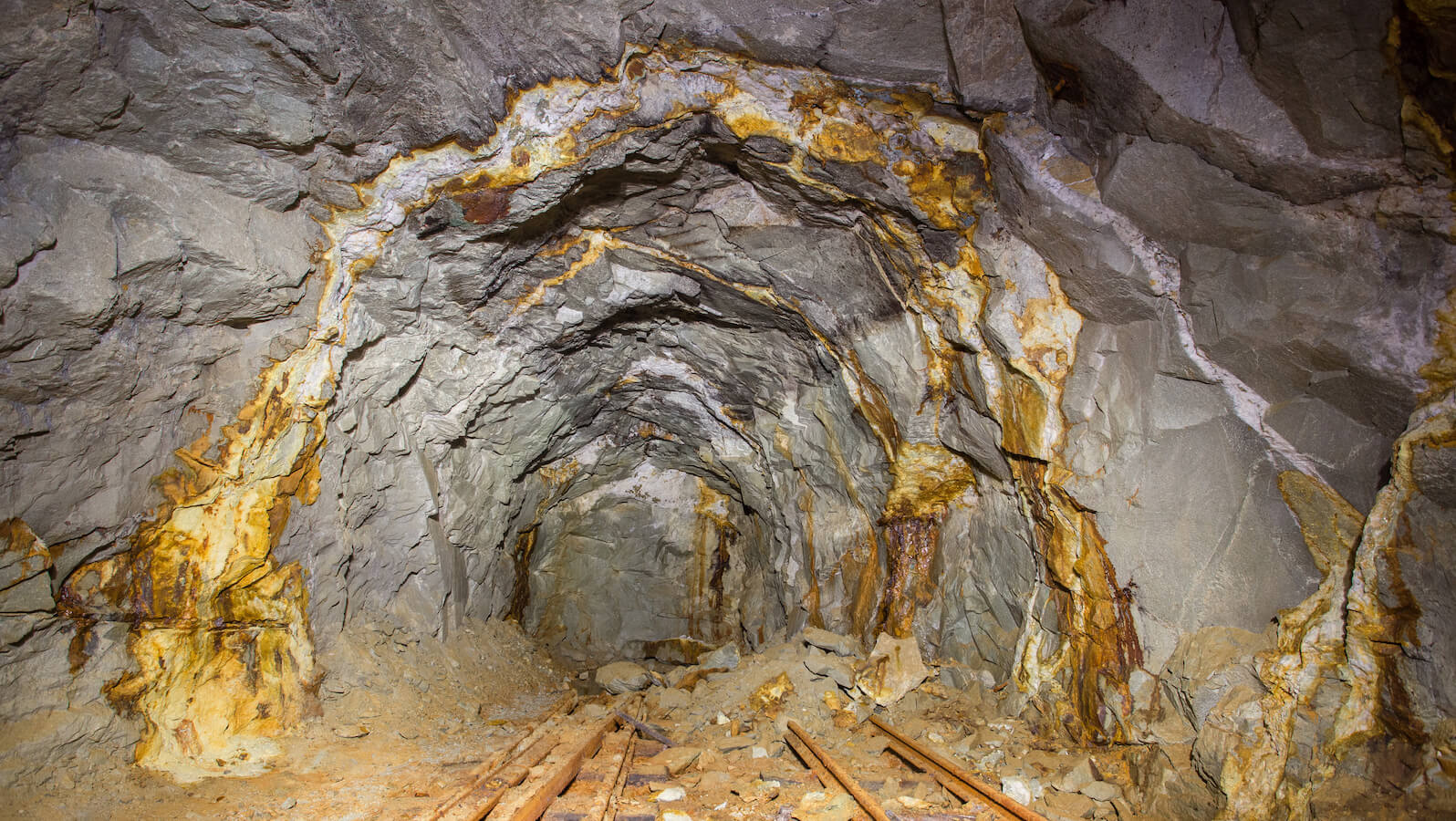Popular investing articles tend to get it all wrong when it comes to gold. Most say that gold mining stocks are a way to get gold exposure. Well, they’re sort of right, but over time, this advice might have taken you far…but in the wrong direction. See for yourself.
CHART 1: COMPARATIVE PERFORMANCE OF GDX AGAINST COMEX GOLD ($GOLD). Gold mining stocks have underperformed the price of gold for almost two decades. Chart source: StockCharts.com. For educational purposes.
If you had followed this advice and held gold mining stocks for the last 10+ years, well … you can guess how badly it would’ve performed in your portfolio.
Why Have Gold Mining Stocks Performed So Poorly?
There are many reasons for this. But here’s the “quick-and-dirty”:
Shares were diluted via frequent issuance to raise capital, and that didn’t always pan out well for some miners. After gold peaked in 2011, miners’ cost of production increased, right at a time when returns started sinking (as the price of gold started to decline). More stringent environmental regulations lengthen the time it takes to build new mining and production capacity. Money is tied up, and in the meantime, interest payments, supply chain issues, bad weather, and political risks all combine to create a major vulnerability.Okay, So What’s the Upside Story?
Well, they say that the price of gold and the value of gold mining stocks are supposed to be correlated. Either it’s not what it used to be, or there’s some significant “mean reversion” upside that’s poised to take place. If so, what’s the bullish context here?
One of the key factors to consider is underinvestment, which has led to a decrease in exploration spending. If economic, macroeconomic, and geopolitical factors continue to weigh against confidence in the US dollar, then gold demand may exceed global production and supply. This means that gold mining stocks are undervalued, especially now.
What’s the trigger? Some experts are saying that a break above the symbolic $2000 per ounce mark ($GOLD) would see a rise in bullish sentiment for gold miners. That would open the door for an upside mean reversion trade, so they say.
It’s a nice fundamental story, but if you’re trying to fine-tune your market entry, it doesn’t give you any specifics to nail down an entry point. This is where we need to look at the technicals.
GDX Revving Up a Little Escape Velocity
CHART 2: WEEKLY CHART OF GDX. GDX is in a clear uptrend. Will it break above its most recent HH level? Chart source: StockCharts.com (click on chart for live version). For educational purposes.
VanEck Vectors Gold Miners ETF (GDX) will be our gold mining industry proxy and our object of trade. Looking at the weekly picture, you can see that GDX is trending upward with a series of clear higher highs (HH) and higher lows (HL) after bottoming in September 2022.
You can see from the Fibonacci Retracement levels how bears attempted to take control of GDX at each HH point, both coinciding with critical resistance at (and above) the Fib 61.8% retracement level. Though each rally attempt was met with bearish pressure, the bullish uptrend remained intact and is now about to challenge those levels again.
Simply put, for the current uptrend to continue, GDX must break through the most recent swing high at $36.25 while avoiding falling below the most recent swing low point at $28.75. The Accumulation Distribution Line, also trending upward, gives bulls a fairly encouraging picture of the buying pressure and money flow that may serve as some confirmation for GDX’s more fundamental trigger ($GOLD exceeding $2,000) and tailwind (market sentiment surrounding the dollar and gold’s demand/supply expectations given the drop in production expenditures).
Does GDX Have a Favorable Entry Point?
If you’re bullish on gold miners and are looking for an entry point, there are two potential entry points to consider. Let’s take a look at the daily chart.
CHART 3: DAILY CHART OF GDX. The chart illustrates a favorable buying zone and critical support; a break below this level would invalidate the technical uptrend thesis. Chart source: StockCharts.com (click on chart for live version). For educational purposes.
First, take a look at the Relative Strength Index (RSI) and the Stochastic Oscillator. While the former signals there’s still room for GDX to surge upward, the stochastic picture places GDX in a potential overbought territory (though such readings have been known to remain at either extreme there for an extended period). Either way, GDX may or may not be due for a pullback, though it exhibits the potential to do so.
An early and aggressive entry would have been the break above local resistance at $32.30 with a stop below the 50-day simple moving average (SMA) at $31.44. If GDX pulls back, you’ll get stopped out, but the loss should be minimal.
A second entry point would be at or below the breakout level but above the swing low and highest HL (see weekly chart) of $28.75. Looking at the green rectangle, buying at these levels, especially during a pullback, makes for a favorable entry range.
But remember that a break below this level would invalidate the uptrend thesis (see the weekly chart above). This means that $28.75 is the “uncle point” for a long trade. As far as profit targets are concerned, it depends on whether you’re aiming for a swing trade or a longer-term investment. The closest upside price target would be at the resistance level of $36.25, while the more distant target would be at the April 2022 high of $40.90.
The Bottom Line
To wrap it all up, most “pop finance” advice you’ll find about buying gold mining stocks tends to oversimplify the issue. These stocks have struggled in the past 10 years due to over-issuing shares, higher mining and production costs, and new environmental regulations. However, people aren’t investing as much in finding new gold. And with global issues making the dollar less reliable, the demand for gold might rise. This could make gold mining stocks worth more than their current price. GDX is slowly gaining steam. But will it rev up enough escape velocity to break away from its decade-long doldrums? We’ll see.
Disclaimer: This blog is for educational purposes only and should not be construed as financial advice. The ideas and strategies should never be used without first assessing your own personal and financial situation, or without consulting a financial professional.























